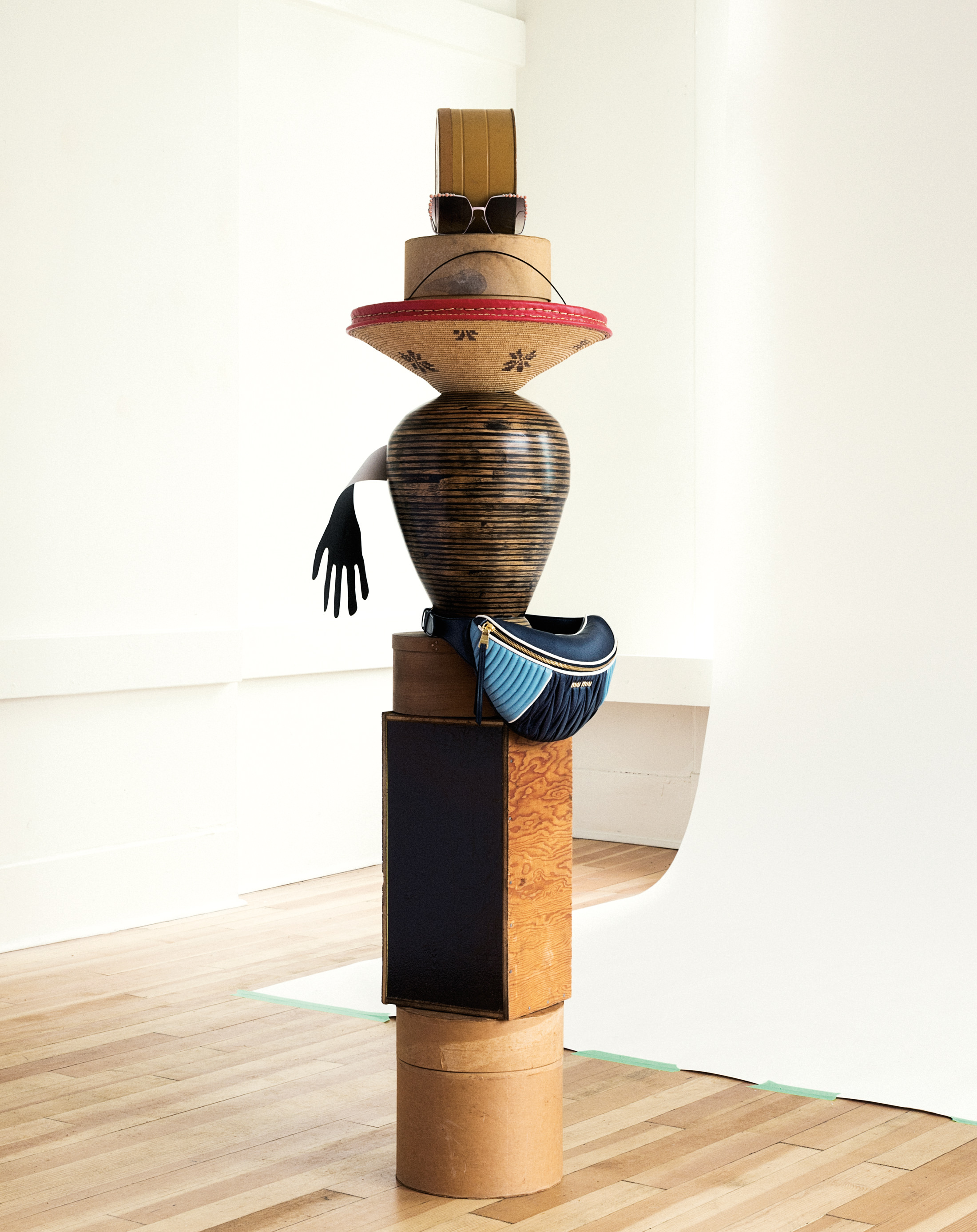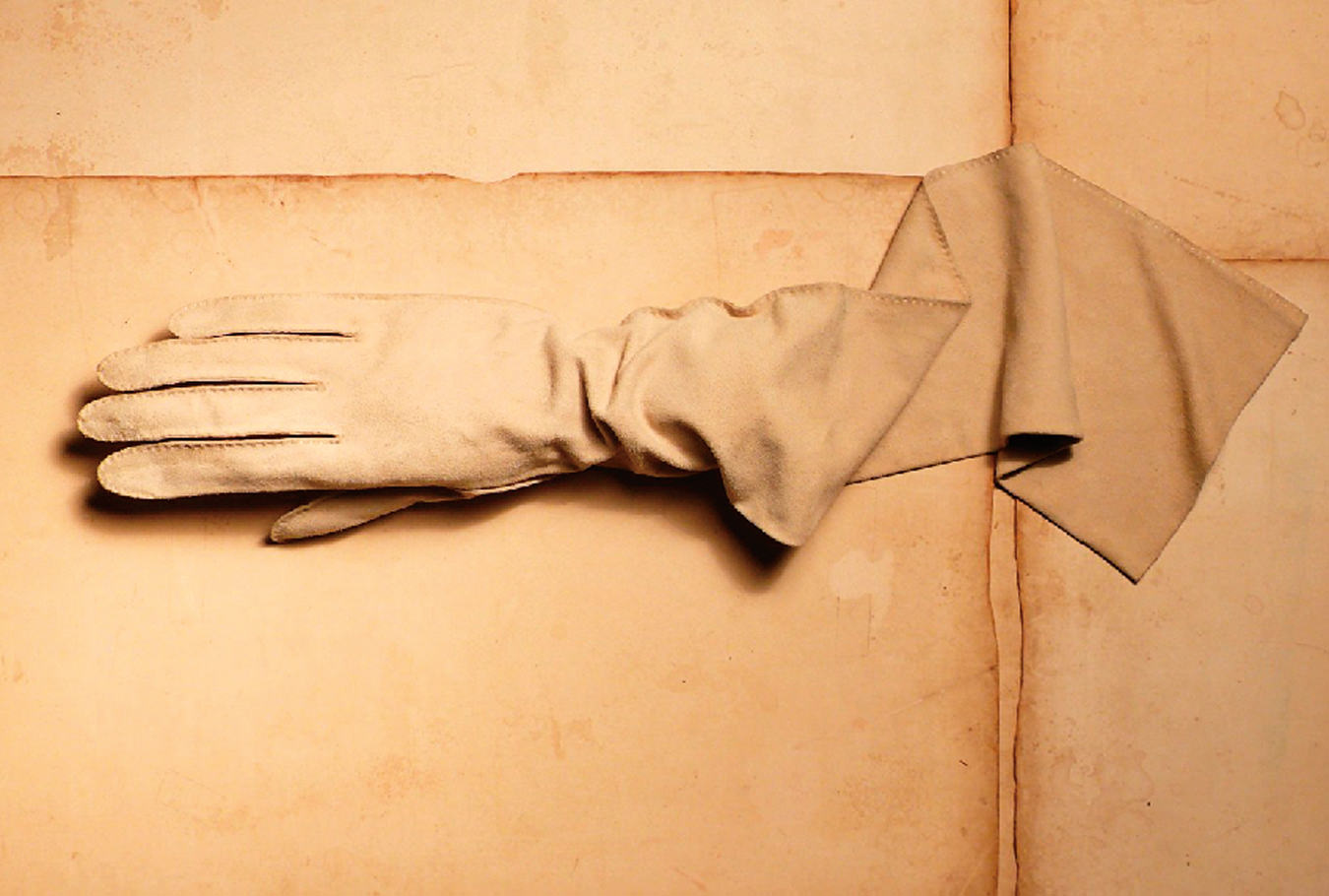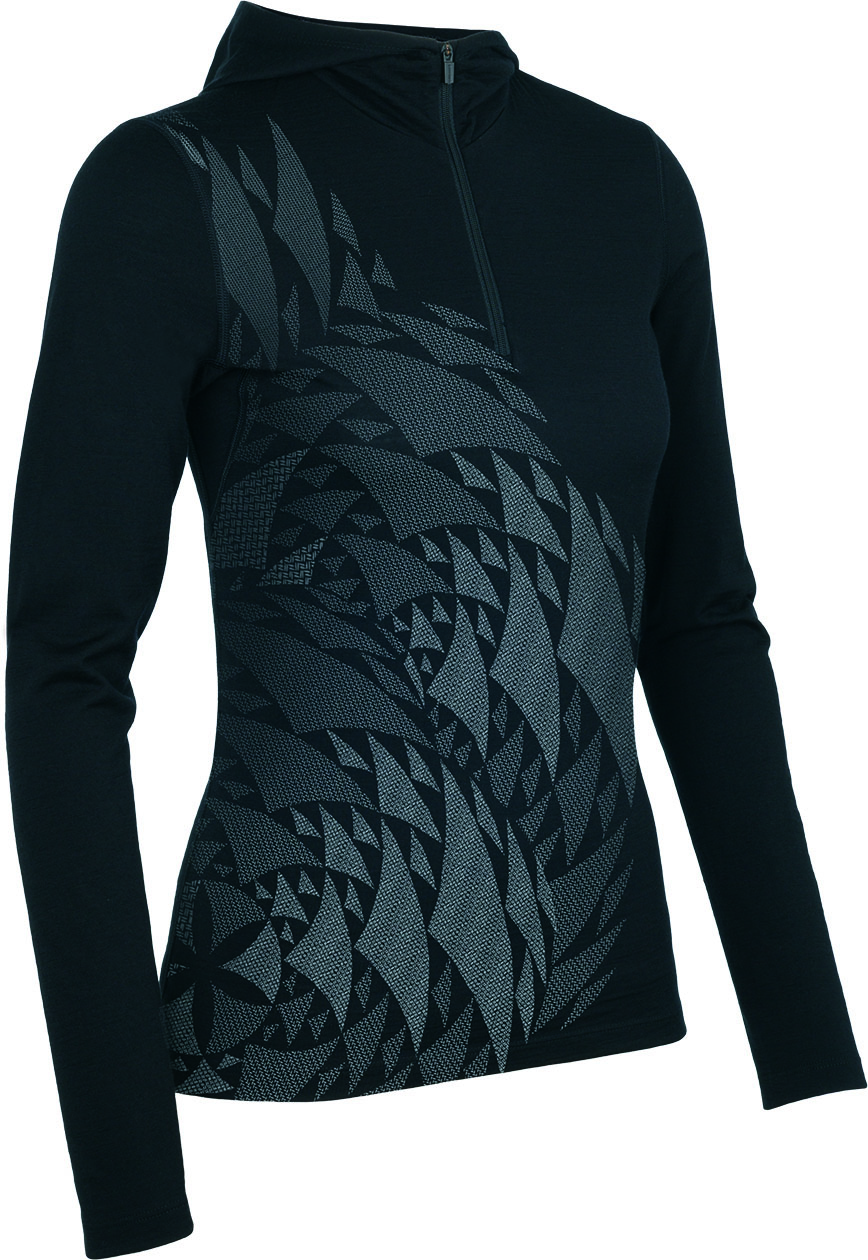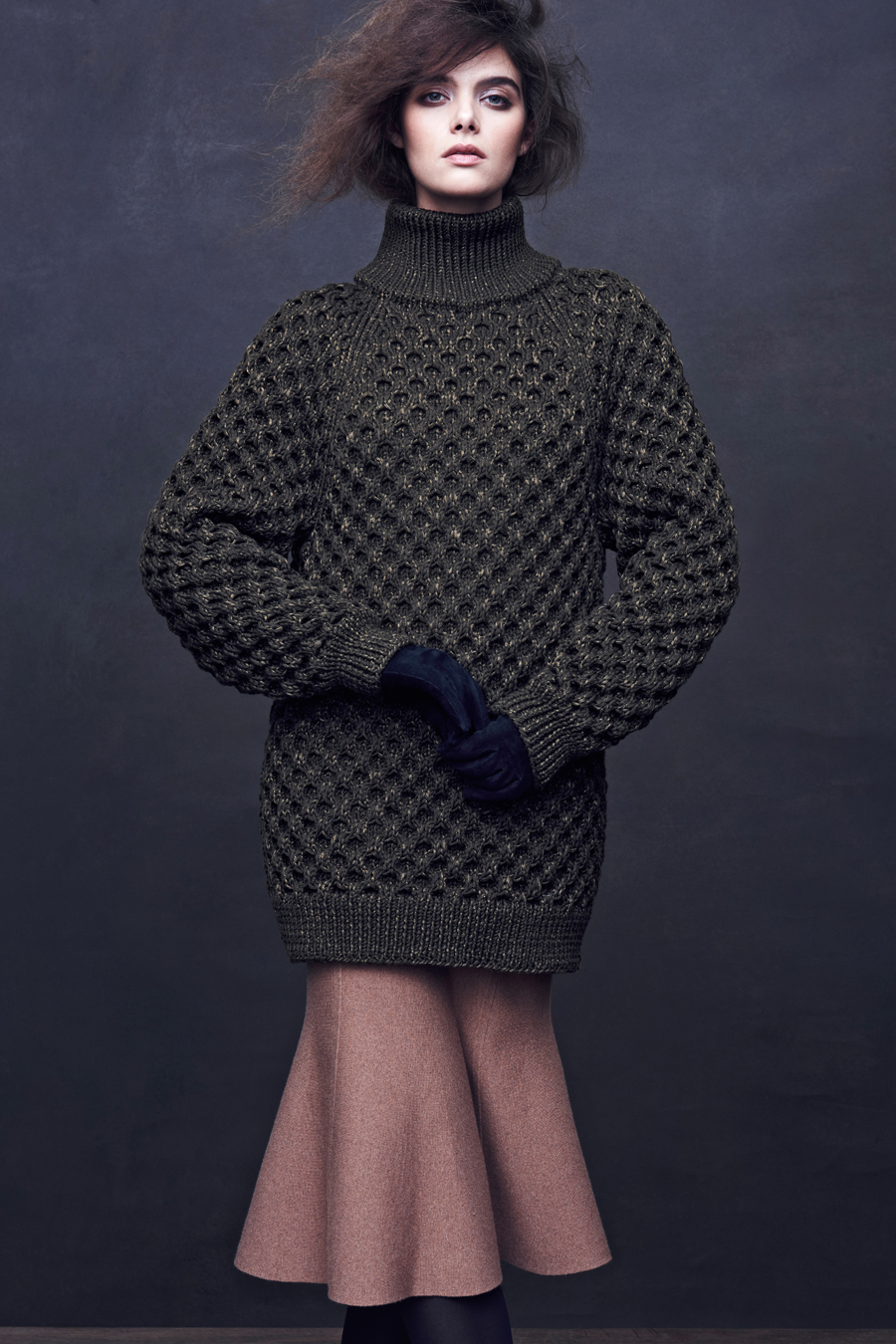Fanny Pack 2.0
Did you get the memo? The bumbag is back—and better.

Joining the ranks of Crocs, blue eyeshadow, and mom jeans, the humble fanny pack has transcended the category of hideously uncool and risen to that of sartorial chic. How did a little utilitarian pouch cement its status as the It bag of the season? A look at the fanny pack’s not-so-glamorous past reveals its revival has been a long time coming.
First things first: you must exercise caution when using the F-word. Whereas fanny denotes a person’s buttocks, the word is used in Britain and Australia as slang for a woman’s private parts. Bumbag, then, is the proper British or Aussie term. In the end, both fanny pack and bumbag have become misnomers. Germans, then, are right on target with the much-less-controversial—albeit unflattering—bauchtasche or “belly bag”. Italians go with marsupio, which translates simply as “pouch”. South Africa and France prefer the metaphorical moon bag and banana bag respectively. Although Merriam-Webster states that the first known use of the words fanny pack occurred in 1967, fashion editorialists are in general consensus that the hands-free tote entered the scene during the 1980s. It slipped in under the trendy portmanteau of athleisure, a lucrative market and style movement that elevated gym wear to streetwear.
Less is known about the fanny pack’s downward spiral, when the sporty, non-gender sack made an unpopular detour in the ’90s from hip urbanite to clichéd tourist. My hypothesis is that it became trapped by association inside the travel warrior’s bubble of public disapproval, alongside convertible nylon pants—the ones that switch from long to short with the flick of a zipper—and Birkenstocks with socks. Or so the stereotype goes.
Joining the ranks of Crocs, blue eyeshadow, and mom jeans, the humble fanny pack has transcended the category of hideously uncool and risen to that of sartorial chic.
From there, American pop culture did little to defend the fanny pack, poking fun at it to the point where it became the item everyone loved to hate, a symbol of bad taste. In a scene from his eponymous 1990s television show about “nothing”, Jerry Seinfeld suggests to his friend George that his fanny pack is the “catalyst” for his withering romantic relationship. “It looks like your belt is digesting a small animal.”
So much scorn, and so contrary to the fanny pack’s historical predecessors. A 5,300-year-old iceman mummy, discovered along the Austrian–Italian border, was found wearing a pouch sewn to his belt holding tools such as a bone awl and a flint flake. Scottish men in Highland dress displayed atop their kilts a sporran decorated with tassels, fur, or horsehair. The custom, still followed today, is a nod to the medieval practice of tying a pouch to your belt before the invention of pockets.
Catherine Ormen, a fashion historian in Paris, recounts a period during the prime of Joséphine de Beauharnais, Napoleon’s first wife, the first Empress of France, and a major fashion plate. “For a very long time, women had a kind of removable pocket attached by a belt under their dresses. When dresses became more fitted to the body, purses made their appearance.” She explains that this little handbag, at times pinned to the waist, was called a ballantine or réticule. In time, it would acquire the quasi-homophonous nickname of ridicule, which means what it sounds like: “ridiculous”.
A 5,300-year-old iceman mummy, discovered along the Austrian–Italian border, was found wearing a pouch sewn to his belt holding tools such as a bone awl and a flint flake.
Despite widespread criticism, there has always been a celebrity or two to resurrect the fanny pack from its shame. And so, over the past few decades, it has weathered the ebb and flow of fame. Whereas Helen of Troy’s face could launch a thousand ships, one endorsement by Rihanna can launch a hundred thousand copycats. Gen Xers, remember Sarah Jessica Parker’s character in season four of Sex and the City? The year was 2001, and she paired a midriff-revealing top with a stretchy, striped pencil skirt. A Gucci fanny pack slung rakishly to one side completed the ensemble. If you have doubts that this was a major fashion moment, Google it. Parker and her enviable abs gave the unpopular waist purse a fighting chance.
Fast-forward 16 years and, in a bizarre demonstration of the adage “Everything old is new again,” reality TV mogul Kim Kardashian West was paparazzi’d during last season’s New York Fashion Week as she strutted from venue to SUV in a very similar outfit, minus the stripes. Her pack was by Miu Miu. Were you a legit Influencer in 2017 if you did not post at least one Instagram pic wearing a Louis Vuitton cherry-red Épi leather fanny pack branded Supreme?
Which leads us to another contributing factor to the fanny pack renaissance: designer labels. About a decade into the new millennium, luxury houses were repackaging themselves in order to access younger, fresher crowds. In 2011, the prestigious Maison Louis Vuitton launched several styles of fanny pack for its monogram-hungry buyers. In 2014, Chanel released its first fanny pack within its haute couture collection. Marketing departments toyed with more attractive names than “fanny pack” such as “belt bag” (at Diane von Furstenberg, Michael Kors, and Miu Miu) and “waist pack” (at Want Les Essentiels), but first prize goes to Hermès for its “Kelly Bandeau”.
Despite widespread criticism, there has always been a celebrity or two to resurrect the fanny pack from its shame.
In hindsight, the fanny pack never really went away. And these days, designers are pulling you in to look very closely. Canadian fashion stylist Randy Smith is quick to credit the “ugly is beautiful” or “bad is good” trend with the current spotlight on fanny packs. “Designers like Demna Gvasalia of Vetements and Balenciaga and Alessandro Michele for Gucci are bringing in undesirable vintage items and making them cool again,” he explains. Gvasalia’s collaboration last spring with Juicy Couture—which revived velour track suits at Paris Haute Couture Week—is of particular note, as are Balenciaga’s recent platform Crocs for spring, a step no doubt inspired by Christopher Kane’s jewel-encrusted, marble-like Crocs the year before.
This year, the fanny pack moves confidently, flashier, and more hideous and fabulous than ever with high-end labels styling over-the-top looks for spring/summer 2018. At Balenciaga, the cross-body style is still going strong, making it more of a “chest holster”. Gucci models wore theirs extremely high on top of jackets as waist cinchers. Marc Jacobs showed an oversized version worn as wide and high as a cummerbund.
The irony of the latest fanny pack comeback is that the most gleeful adopters are millennials, none of whom are old enough to savour the satire. For others, the dark days of the fanny pack are too deeply ingrained. Says Smith, who navigated the ’80s during young adulthood, “As a stylist, I love the return of the fanny pack and will most definitely use them in my work, but I will leave it up to the new generation to actually wear them in real life.”
Miu Miu fanny pack and Fendi sunglasses, available at Holt Renfrew.
_________
Never miss a story. Sign up for NUVO’s weekly newsletter, here.








